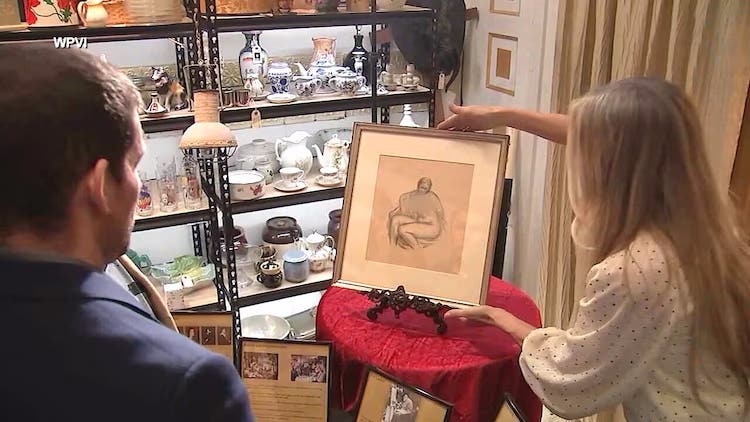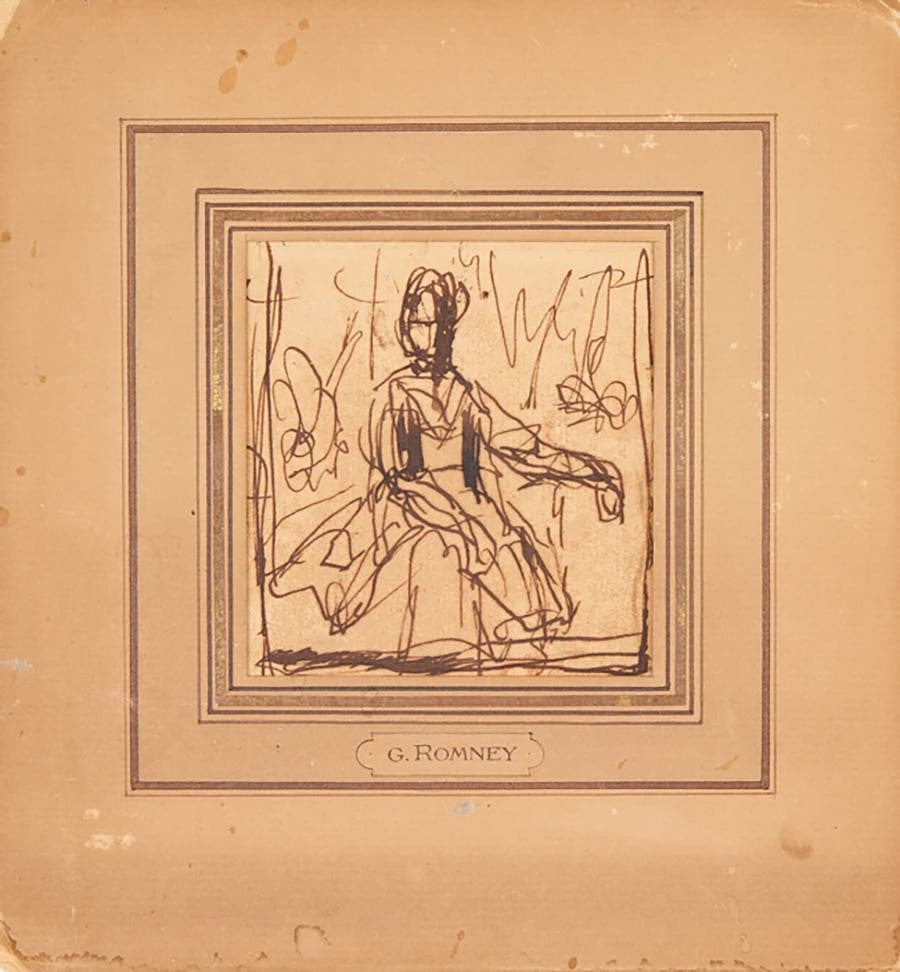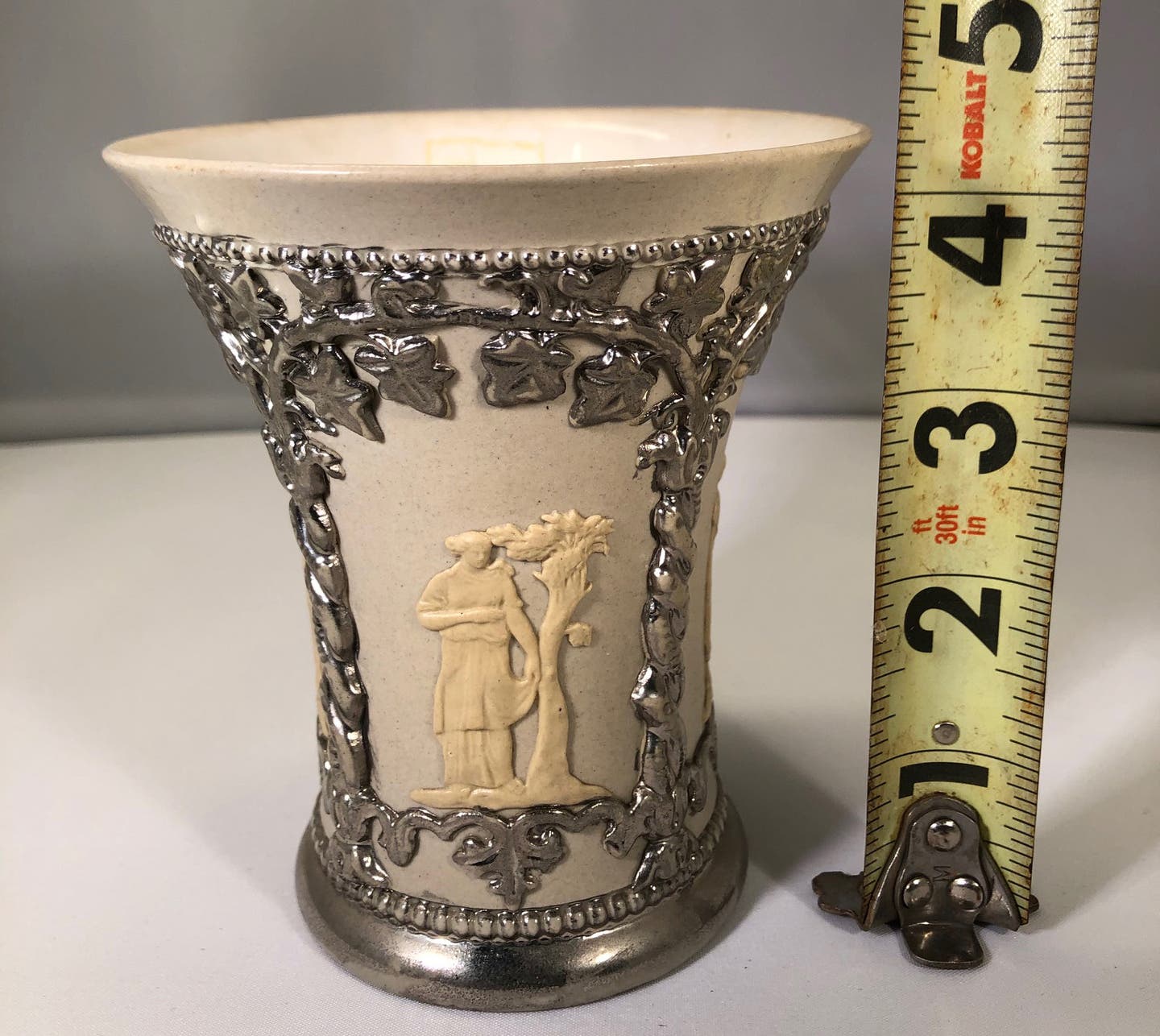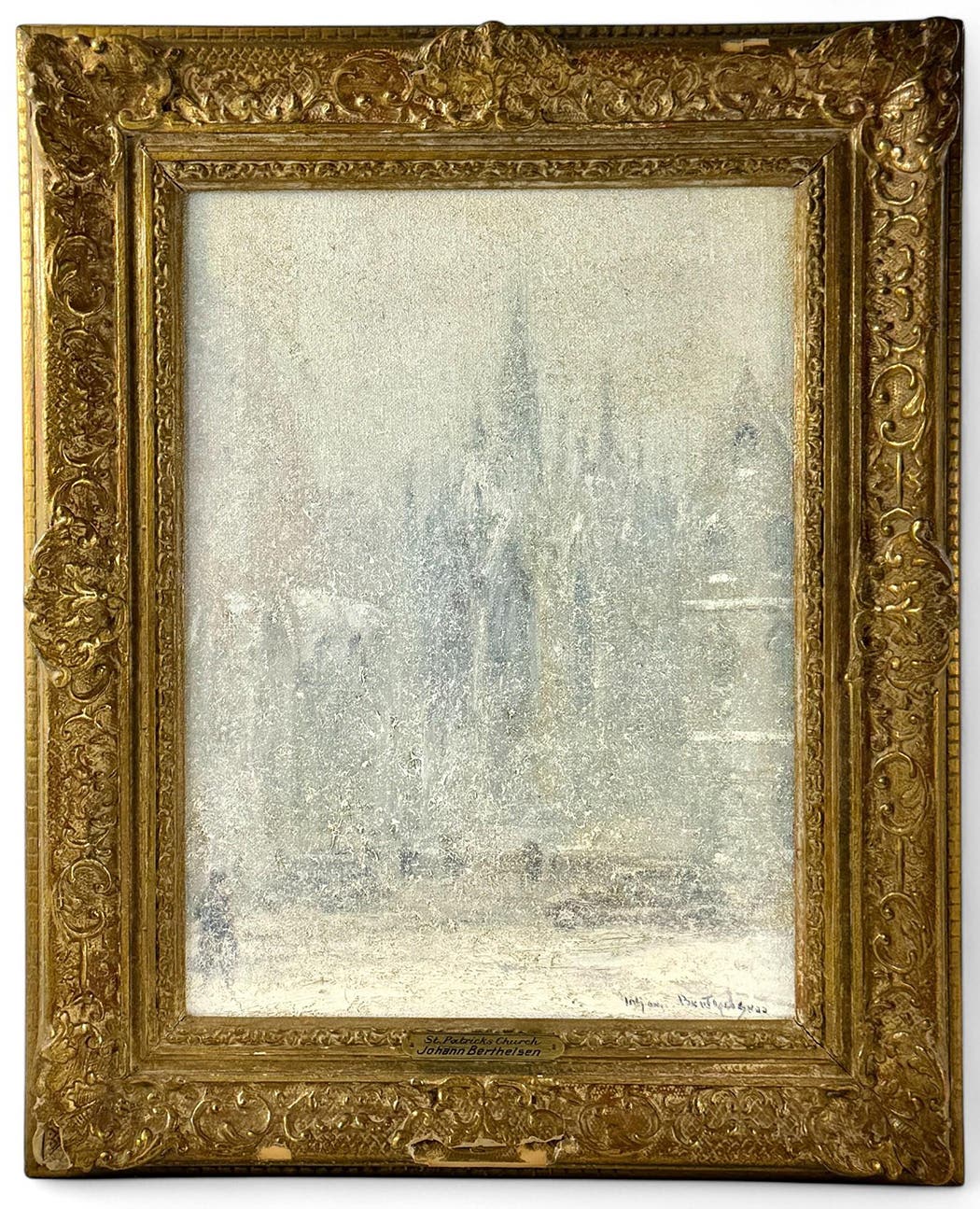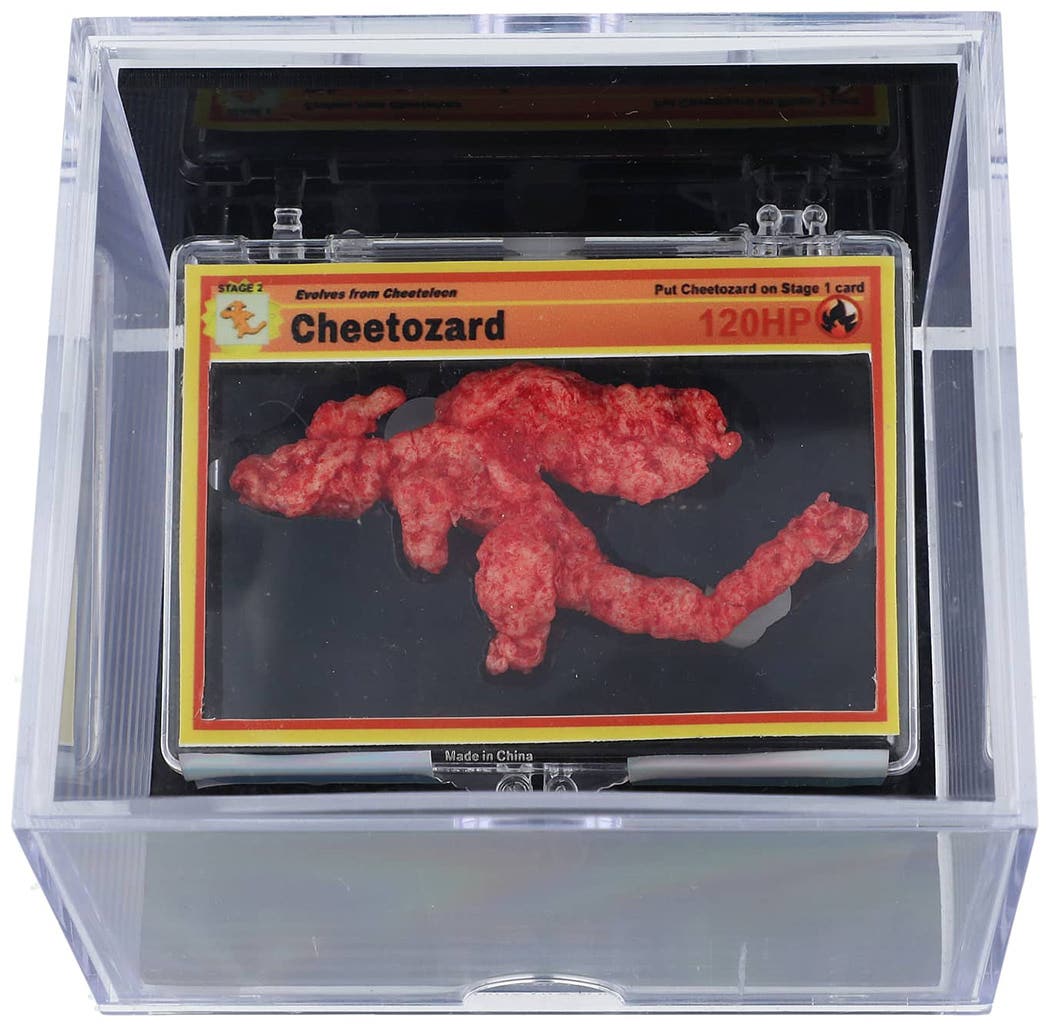Ask the Experts: Lithograph subject’s history adds to regional appeal
In the most recent Ask the Experts column, Dr. G. Marchelos expands on an Antique Trader reader’s research into a 19th century lithograph with regional historic interest.
QI have found this spoon in a local Goodwill. Purchased, hoping to find one similar on eBay or Google Images. Nothing so far. Definitely handmade, underneath (not pictured) you can see the beat downs it had to be made. There is a pearl-like item in the middle with some corrosion (or maybe glue) I dont know if it is sterling silver or gold or what. It does have a yellowish tint to it. Please let me know if i am dealing with junk or something cool to sell off in auction or to a private buyer. Thanks!
— J.S.
via email
A This spoon is handmade and has a turquoise colored cabochon stone in the stem. Unfortunately, a photo of the reverse of the stem was not sent. This could tell us quite a bit, such as the maker, origin, and metal.
It probably is 800 fine silver from Spain or South America. It is of the type commonly referred to as a souvenir spoon, but unless there is some indication of this on the reverse of the stem there is no way to know for sure.
Although it has turquoise, based on the style it is not from the American Southwest. If silver, it would sell for $20. If base metal, $5.
------------------------------------------------------------
QJust curious to know if there are a lot of this particular lithograph still around. According to what is written on the lithograph, the 1st Congregational Church of Saco, Maine, was built in 1803, dedicated in 1806 and destroyed by fire on July 8, 1860. Located at 12 Beach St. (corner of Main St.), it was designed by Boston architect John Stevens. Built in the Romanesque & Italianate style with unique features, such as the 126-foot spire with a 4-faced clock and a recast Paul Revere bell that had been in the original church.
The Maine Historical Society of Portland, Maine, owns another of these lithographs and dates it to 1860. The lithograph was entered, according to Act of Congress, in the year 1860 by Charles H. Granger, and was published by J. H. Bufford of Boston, Massachusetts.
I’d also like to know a fair value for it, and any other information you have would be fun to know.
— J.G.
via email
A Working from what was sent it would be safe to say not too many of these exist of this particular church. There is some age toning and possible damp stain seen, however, which affects the desirability of the item.
That being said, this is one of those items which would be sought by someone from that area, so it has regional appeal. As a result, a collector would buy this item of their home area, paying as much as several hundred dollars for it. A conservator can be consulted to improve the appearance, because the damage seen in the photo does not appear to be that severe. This could change when the item itself, which is from the early 1800s, is seen.



